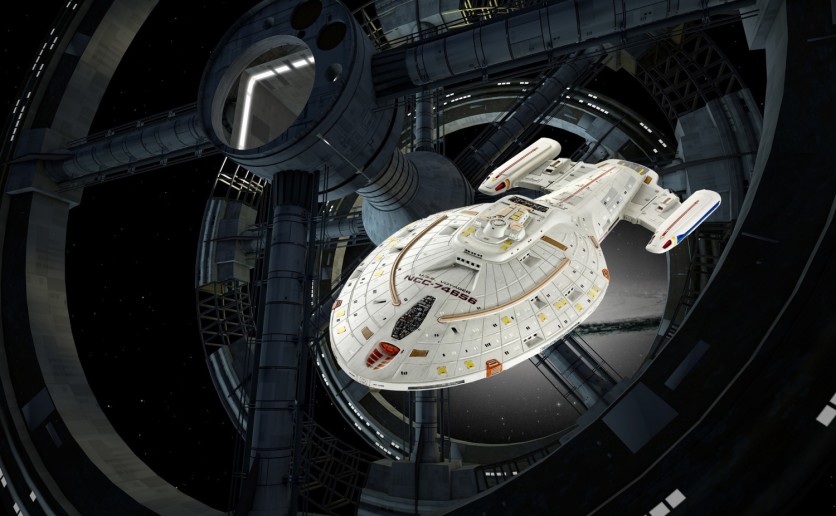In the sci-fi realm of "Star Trek: The Next Generation," the Holodeck stands as a pinnacle of interactive technology. Crew members can immerse themselves in lifelike 3D environments, ranging from exotic landscapes to historic cities.
Engineers are taking inspiration from this fictional marvel, using advanced AI and video game assets to recreate a real-world equivalent.

Using ChatGPT to Recreate Star Trek's Holodeck
Unlike Holodeck's seamless generation of environments at the mere command of its users, creating virtual interactive spaces, in reality, has been a labor-intensive process, often requiring manual design work by artists.
This limitation poses a significant challenge for training AI systems to navigate complex real-world environments, as they rely on massive datasets for effective learning.
To address this challenge, researchers at the University of Pennsylvania, in collaboration with partners from Stanford, the University of Washington, and the Allen Institute for Artificial Intelligence (AI2), have developed "Holodeck," a system capable of generating interactive 3D environments using natural language commands.
By leveraging the power of large language models (LLMs) like ChatGPT, Holodeck interprets user requests and translates them into detailed virtual environments.
The process behind Holodeck's operation mirrors a conversation with an AI assistant, where users describe their desired environments using language.
For example, a user might request a cozy apartment with a cat, prompting Holodeck to generate the layout, furnishings, and other elements based on the provided description.
To achieve this, Holodeck populates the virtual space with appropriate items by tapping into Objaverse, a vast repository of digital objects.
Embodied AI Agents
In a series of evaluations, Holodeck demonstrated its ability to produce realistic and coherent scenes, outperforming previous methods in terms of user preference and realism, according to the claims made by the research team.
The team reports that participants consistently rated environments generated by Holodeck more favorably than those created by traditional approaches, highlighting the system's potential for creating diverse and immersive virtual spaces.
Moreover, Holodeck proved instrumental in training embodied AI agents to navigate unfamiliar environments effectively.
By exposing AI agents to various virtual spaces generated by Holodeck, researchers observed significant improvements in the agents' navigation abilities across different scenarios.
The researchers cited an example where agents trained in music rooms notably increased their success rate compared to those trained in manually created environments.
Yang said in a press release, "This field has been stuck doing research in residential spaces for a long time."
"But there are so many diverse environments out there-efficiently generating a lot of environments to train robots has always been a big challenge, but Holodeck provides this functionality."
The team will present the Holodeck at the 2024 Institute of Electrical and Electronics Engineers (IEEE) and Computer Vision Foundation (CVF) Computer Vision and Pattern Recognition (CVPR) Conference in Seattle, Washington.
Their findings were published on arXiv.
Related Article : Rare Star Wars X-Wing Model Sells at Auction for Over $3 Million, Setting New Record


![Apple Watch Series 10 [GPS 42mm]](https://d.techtimes.com/en/full/453899/apple-watch-series-10-gps-42mm.jpg?w=184&h=103&f=9fb3c2ea2db928c663d1d2eadbcb3e52)


